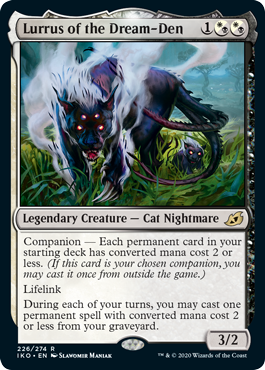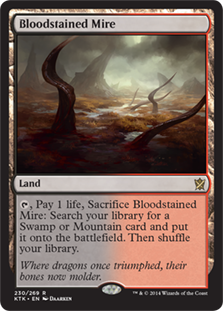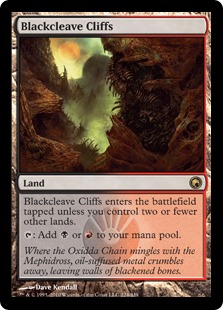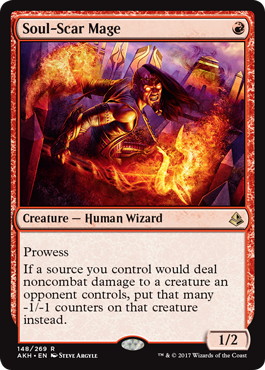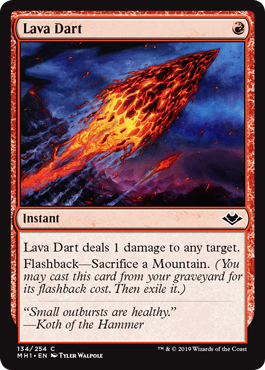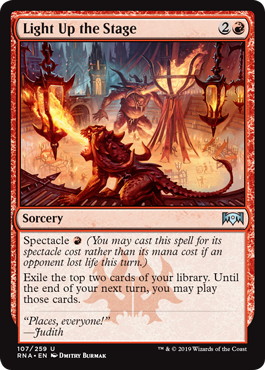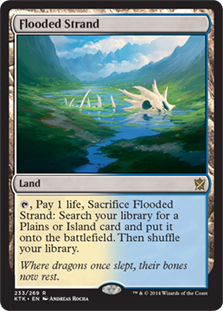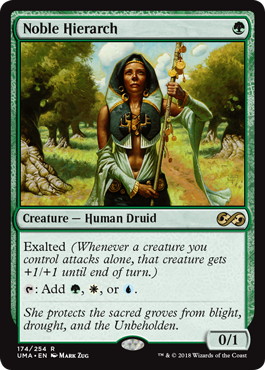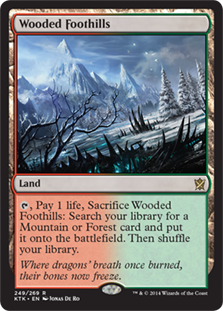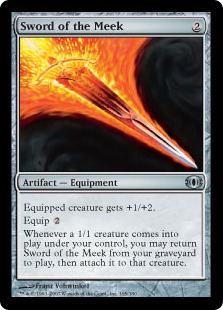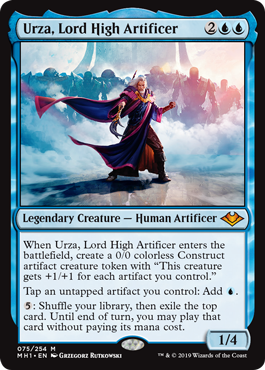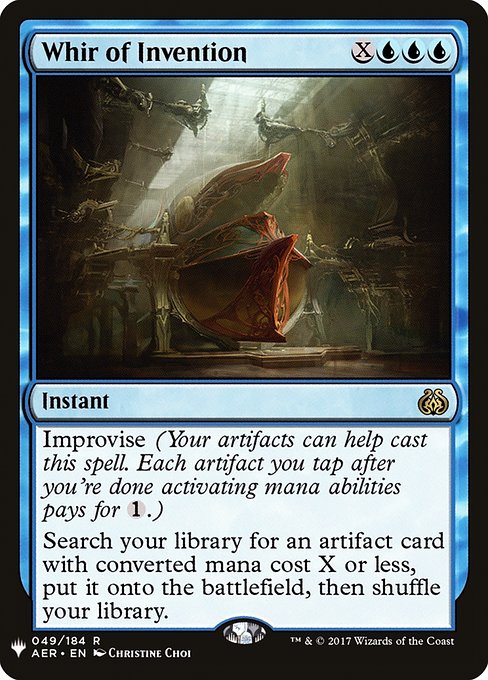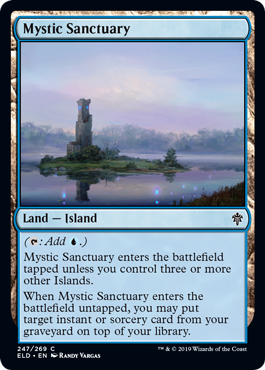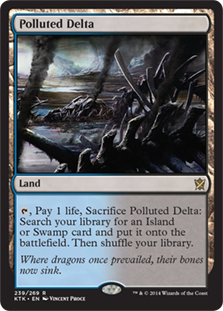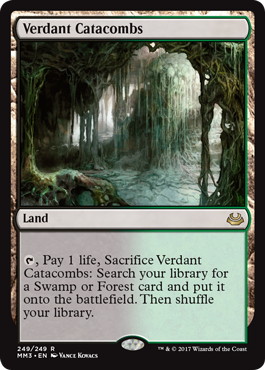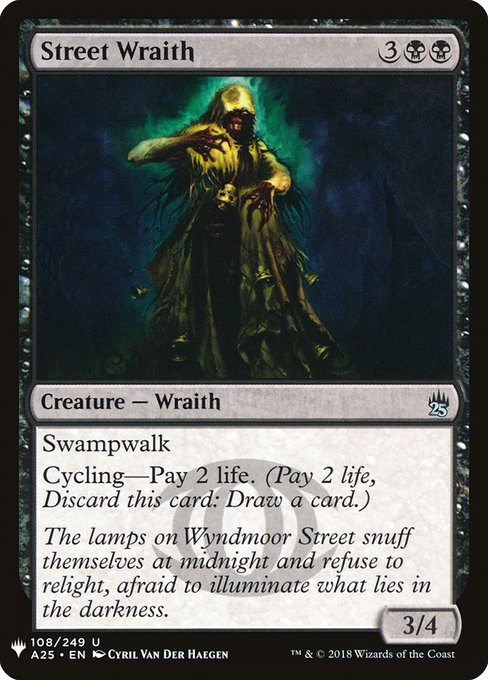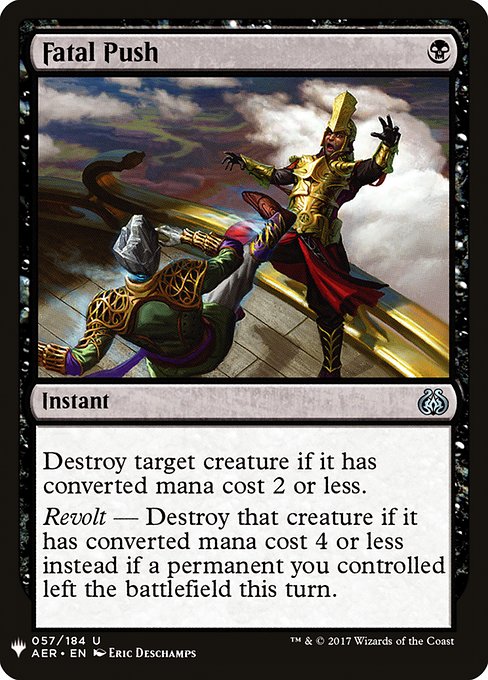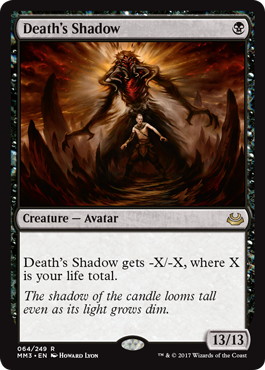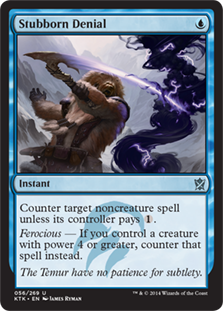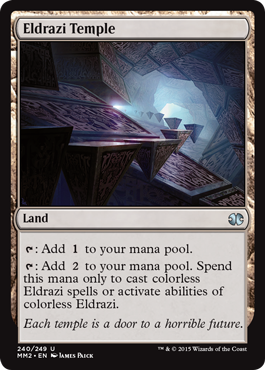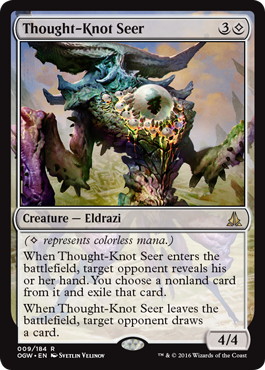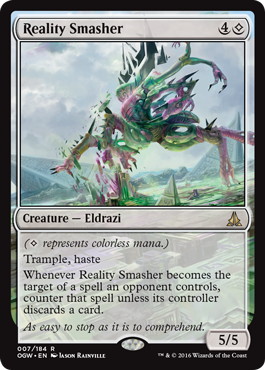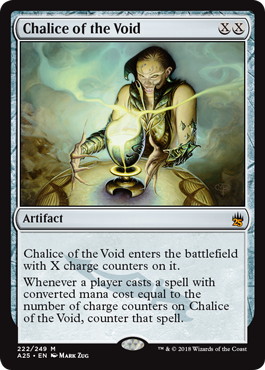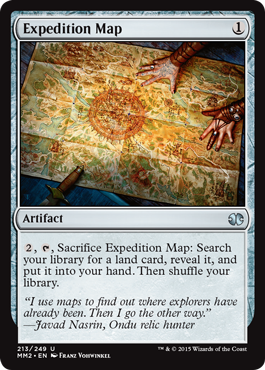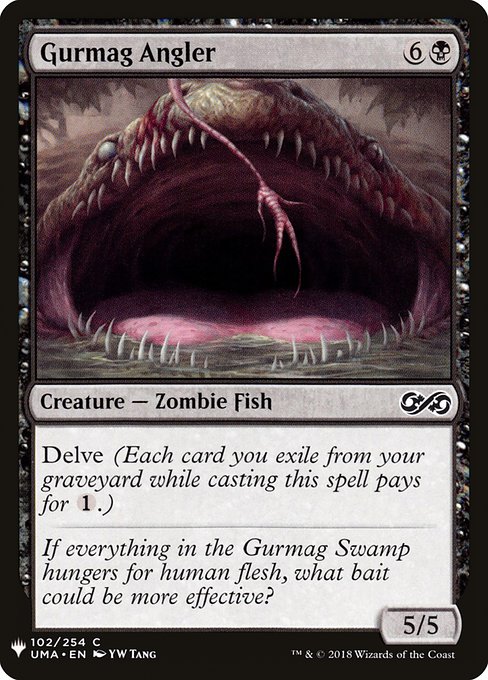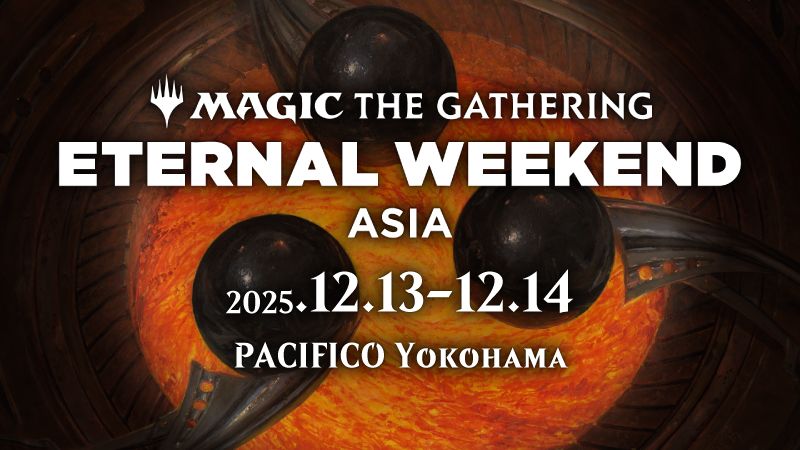Introduction
Hello friends,
Today I am going to talk about a single magic card, as in my opinion it is unique and very hard to use correctly. Finally, the time has come, an entire article about the card 《Mishra’s Bauble》!
First, let’s have a look at what the actual card does:
Pretty simple, right? You get to look at the top of a player’s library and at the next possible beginning of upkeep you get to draw a card. Thanks for reading, that was the whole article.
Wait, not so fast! Yes, obviously everyone can read the card, but there are quite a few questions to solve and sadly none of them is as easy to answer as one might imagine.
The questions are as follows:
These questions are so hard to answer because they strongly depend on your own deck-list, opponents’ deck-list, if known, knowledge of the format and your starting hand. As, in my opinion, there are even more questions to answer and they all depend on the actual deck one is piloting, I will try to talk more about 《Mishra’s Bauble》 and its use while looking at specific deck-lists and starting hands. The assumption is always, unless stated differently, that we are on the play, we are keeping our starting hand and the opponent’s deck-list is unknown.
Deeper Understanding Through Examples
Jund Prowess
Let’s start with Prowess, when 《Lurrus of the Dream-Den》 was my Companion of choice:
- Immanuel Gerschenson
- – Jund Prowess
- Modern Super Qualifier #12142991
- (6-2)
3 《Stomping Ground》
2 《Blood Crypt》
4 《Bloodstained Mire》
4 《Scalding Tarn》
1 《Wooded Foothills》
4 《Blackcleave Cliffs》
-Land (20)- 4 《Monastery Swiftspear》
4 《Soul-Scar Mage》
4 《Tarmogoyf》
-Creature (12)-
4 《Lava Spike》
4 《Lightning Bolt》
2 《Tarfire》
4 《Manamorphose》
4 《Light Up the Stage》
2 《Seal of Fire》
4 《Mishra’s Bauble》
-Spell (28)-
2 《Fatal Push》
2 《Veil of Summer》
2 《Weather the Storm》
2 《Tormod’s Crypt》
1 《Collective Brutality》
1 《Destructive Revelry》
1 《Lurrus of the Dream-Den》
-Sideboard (15)-
I will start from the Companion. 《Lurrus of the Dream-Den》 ability was so strong, that I decided to play 《Bauble》, as returning free card advantage. With 《Bauble》 in the graveyard one could just play 《Lurrus》 on turn 3 and recast 《Bauble》 from the graveyard to draw a card very soon.
Moving on, there are the actual creatures of this deck. 《Bauble》 is worth a prowess trigger and grows 《Tarmogoyf》 in this deck.
So far we have not even touched on when and on whom to play 《Bauble》 and we can already see what kind of work has been done, just by having such a card in the deck. Now I am going to present a few sample hands and will try to discuss what to do:
Sample Hand #1
We draw 《Seal of Fire》 on turn 2.
Pretty strong hand I must admit, but what is the play? I would play 《Blackcleave Cliffs》 and 《Soul-Scar Mage》 on turn 1 and pass. I would play 《Bloodstained Mire》 into 《Monastery Swiftspear》 into 《Bauble》. This way you get the most damage output, as you have one prowess trigger compared to two, besides that drawing a card immediately is not as important with such a hand.
Depending on what your opponent played on turn 1 will lead to the answer to what to do with the just played 《Bauble》, as there are a few options:
If my opponent played a Urza Tron piece on turn 1, I would crack the 《Bauble》 immediately on my opponent, as the goal is to kill my opponent before anything bad happens on turn 2 to 3. Cracking it to see the top of your opponent, could help you to identify if your opponent is on mono green tron or eldrazi tron. The difference between these decks is huge, as one is playing 《Chalice of the Void》 and the other one has 《Wurmcoil Engine》 on the menu for your third turn. Depending on what you see, you will most likely just crack the fetchland and play 《Seal of Fire》 and attack for 6. This way you can play 《Light Up the Stage》 for one mana on the following turn and hopefully set up a turn 4 kill.
If my opponent played a fetchland, there is a wide variety of decks they could be playing. In this case I would just attack for 4 and pass the turn. End of turn your opponent might fetch, but I would still not activate 《Bauble》. On their turn 2 they will have a second land and at this point one could be able to identify, which kind of deck the opponent is playing. I would wait for them to pass the turn and just crack 《Bauble》 on myself. In my third turns upkeep, if I do not want the card, I would finally fetch. Waiting until your own upkeep lets you keep up mana to play 《Lava Dart》 and Flashback it, in case you want to rescue one of your creatures from a 《Lightning Bolt》.
Your opponent played 《Forest》 into 《Noble Hierarch》 on turn 1, now it is our turn 2. I would play 《Monastery Swiftspear》 and 《Lava Dart》 the 《Noble Hierarch》 (always bolt the bird!) and attack. Our opponent could be playing infect, some sort of 《Devoted Druid》 deck or a brew. I would just not crack 《Bauble》. I would wait for their turn 2 play.
If their turn 2 play is indeed 《Devoted Druid》, I would just keep 《Bauble》 in play. The reason here is, first, that our turn 3 play is set up anyways: We play 《Seal of Fire》 to kill 《Devoted Druid》 and post combat we play 《Light Up the Stage》. At that point we should have gathered enough information on our needs to win this game. Do we need more burn, lands or creatures? If we hit another fetchland we can look at our top. If we do not find anything, for example by hitting two non fetchlands of the 《Light Up the Stage》, we can just crack it on our opponent and see what is going to be drawn.
Sample Hand #2
Your turn 2 draw is 《Lightning Bolt》.
Here my play would be to play 《Monastery Swiftspear》 of a 《Stomping Ground》, play 《Bauble》, attack and pass. Your opponent plays 《Sacred Foundry》 untapped and passes the turn.
In most cases, not only this one, I would crack the 《Bauble》 and look at my opponent’s top card. The reason to not keep it around is, that you anyways want to play 《Tarmogoyf》 on turn 2 and unless you are willing to wait for another 2 turns, you will not be able to manipulate your top card.
One of the few corner cases, in which I would wait until turn 3, is if my opponent is on red black prowess, playing 《Cling to Dust》. You want to keep 《Bauble》 around to be able to grow 《Tarmogoyf》 at an instant and if somehow possible to replay 《Bauble》 with 《Lurrus of the Dream-Den》.
Esper Whirza
Let’s move on and look at a different deck:
- Immanuel Gerschenson
- – Esper Whirza
- Modern Super Qualifier #12130314
- (7-1)
1 《Snow-Covered Plains》
1 《Snow-Covered Swamp》
1 《Godless Shrine》
1 《Hallowed Fountain》
1 《Watery Grave》
1 《Mystic Sanctuary》
4 《Flooded Strand》
4 《Polluted Delta》
2 《Scalding Tarn》
-Land (22)- 4 《Stoneforge Mystic》
2 《Emry, Lurker of the Loch》
4 《Urza, Lord High Artificer》
-Creature (10)-
1 《Cryptic Command》
4 《Mishra’s Bauble》
1 《Engineered Explosives》
1 《Tormod’s Crypt》
4 《Arcum’s Astrolabe》
1 《Aether Spellbomb》
1 《Grafdigger’s Cage》
1 《Pithing Needle》
4 《Thopter Foundry》
1 《Glass Casket》
1 《Sword of the Meek》
1 《Talisman of Dominance》
1 《Talisman of Progress》
1 《Time Sieve》
1 《Sword of Feast and Famine》
1 《Batterskull》
1 《Teferi, Time Raveler》
-Spell (28)-
2 《Fatal Push》
2 《Thoughtseize》
2 《Aether Gust》
2 《Collective Brutality》
1 《Detention Sphere》
1 《Damping Sphere》
1 《Ensnaring Bridge》
1 《Sword of Fire and Ice》
1 《Teferi, Time Raveler》
-Sideboard (15)-
Here our goal shifts to combo, so how does that change how we use 《Bauble》?
In this kind of deck, I will rarely sacrifice 《Bauble》 immediately, as keeping it around is more valuable. It makes 《Emry, Lurker of the Loch》 and 《Whir of Invention》 cheaper to cast, can produce mana with 《Urza, Lord High Artificer》, grow the token from Urza and can be sacrificed to 《Thopter Foundry》. Together with Emry, once again 《Bauble》 is going to be card advantage.
In this deck, most of the time, you will use 《Bauble》 to gain information on the top card of your own library, as your goal is to assemble the combination of 《Thopter Foundry》, 《Sword of the Meek》 and 《Urza, Lord High Artificer》 to win immediately.
Presenting sample hands for this deck does not make much sense, since we almost never will sacrifice 《Bauble》 on turn 1, instead some tricks and tips on how to use it in this deck:
With 《Urza, Lord High Artificer》 in play, 《Bauble》 produces blue mana. This can be used to fuel Urza’s 5 mana ability. Depending on your mana situation, the right play most of the time will be to use 《Bauble》 on yourself on your opponent’s end of turn. If you are happy with your top card, just go ahead and draw it. If you are do not want that card, you can use Urza’s 5 mana ability with the trigger from 《Bauble》 on the stack. That way your library gets shuffled and you get to see 3 different cards, instead of the one on top that you did not want. Exactly the same can be done with 《Whir of Invention》 instead of Urza’s 5 mana ability.
《Bauble》 is an artifact! It counts for Urza’s construct token. This token can also attack and win, it is not only here to produce mana. Sometimes strange things happen, but 《Bauble》 can also be sacrificed into 《Thopter Foundry》 and to hopefully return 《Sword of the Meek》.
《Bauble》 draws you a card very soon, so if needed, you can play 《Mystic Sanctuary》 to return 《Whir of Invention》 or 《Cryptic Command》 to the top of your library and draw it. This is usually more useful than looking at the top of your own library and cracking a fetchland for a random draw.
Traverse Shadow
Time to move to another beloved deck of mine, Traverse Shadow:
- Immanuel Gerschenson
- – Traverse Shadow
- Pro Tour Rivals of Ixalan
- (9-1)
2 《Overgrown Tomb》
1 《Blood Crypt》
1 《Breeding Pool》
1 《Watery Grave》
4 《Polluted Delta》
4 《Verdant Catacombs》
2 《Bloodstained Mire》
2 《Marsh Flats》
-Land (18)- 4 《Death’s Shadow》
4 《Tarmogoyf》
1 《Grim Flayer》
4 《Street Wraith》
-Creature (13)-
4 《Thoughtseize》
4 《Traverse the Ulvenwald》
3 《Fatal Push》
3 《Stubborn Denial》
2 《Abrupt Decay》
2 《Temur Battle Rage》
1 《Dismember》
4 《Mishra’s Bauble》
2 《Liliana of the Veil》
-Spell (29)-
2 《Delay》
2 《Kozilek’s Return》
1 《Duress》
1 《Fatal Push》
1 《Stubborn Denial》
1 《Snapcaster Mage》
1 《Ancient Grudge》
1 《Temur Battle Rage》
1 《Maelstrom Pulse》
1 《Liliana, the Last Hope》
1 《Hostage Taker》
-Sideboard (15)-
Once again, 《Bauble》 plays a different role than in the previously shown decks. Besides gaining information, in this kind of deck it being an artifact is also very important. It grows 《Tarmogoyf》, 《Grim Flayer》 and counts for 《Traverse the Ulvenwald》. Sacrificing 《Bauble》 enables the revolt mode of 《Fatal Push》, which can also be very useful.
let’s dive into some sample hands and see where we go from there:
Sample Hand #1
On Turn 1 I would search for a shockland producing black mana and play 《Thoughtseize》 on my opponent.
You have the opportunity for a sweet little trick, but in this case, I would just wait a turn for it: Play a fetchland, play 《Bauble》 and look at the top of your library. If you like it, you can choose to immediately draw it with 《Street Wraith》, if needed. If you do not like the top card, you can fetch right away and cycle 《Street Wraith》, that way you found an unknown card, compared to the one you shuffled away.
The reason to not do this immediately is, that this play gets much better the more information you were able to gather. So, by playing turn 1 《Thoughtseize》, one should be able to identify how the game could go on for a few turns and what are the cards one needs to find. Delaying this sweet 《Bauble》 trick to turn 2, means you can try to find another creature, counter, removal, discard, whatever is needed.
Sample Hand #2
On turn 1 you play 《Watery Grave》 and 《Thoughtseize》. Your opponent is on Eldrazi Tron and you have got the option between 《Chalice of the Void》, 《Expedition Map》, 《Reality Smasher》 and 《Thought-Knot Seer》. Your opponent’s lands in hand are 2x 《Eldrazi Temple》 and 《Cavern of Souls》.
Which card are we taking away and how do we proceed with our 《Bauble》? Looking at our deck-list, I would tend to take away 《Chalice of the Void》, as we potentially have removal for 《Thought-Knot Seer》, but countering 《Chalice of the Void》 could become an impossible task.
Now that we took away 《Chalice of the Void》 and played 《Bauble》, when do we use it? Our opponent is most likely going to play a turn 2 《Thought-Knot Seer》. If they draw a 《Chalice of the Void》 and decide to jam it instead, we are covered by having 《Stubborn Denial》. I would let 《Bauble》 stick around for a turn and sacrifice it on our opponents second turn to activate 《Fatal Push》 and kill 《Thought-Knot Seer》.
Them taking away one 《Death’s Shadow》 is not as dramatic and the only card we would want to find of our additional draw is a fetchland, so that we could play 《Death’s Shadow》 on turn 2. Imagine we crack 《Bauble》 on turn 1 and find something like 《Tarmogoyf》 and 《Inquisition of Kozilek》 or about anything, but a fetchland. This way we are not able to kill 《Thought-Knot Seer》, which also lets us draw a card less, and we are delaying our 《Death’s Shadow》 even further. This 《Bauble》 over here could be game changing!
Grixis Death’s Shadow
Last but not least, Grixis Death’s Shadow:
- Immanuel Gerschenson
- – Grixis Death’s Shadow
- Grand Prix Prague 2018
- (25th)
1 《Swamp》
2 《Blood Crypt》
2 《Watery Grave》
1 《Steam Vents》
4 《Polluted Delta》
3 《Bloodstained Mire》
3 《Scalding Tarn》
-Land (17)- 4 《Death’s Shadow》
3 《Snapcaster Mage》
4 《Street Wraith》
4 《Gurmag Angler》
-Creature (15)-
4 《Thoughtseize》
3 《Lightning Bolt》
3 《Serum Visions》
3 《Stubborn Denial》
2 《Inquisition of Kozilek》
1 《Fatal Push》
2 《Temur Battle Rage》
2 《Dismember》
4 《Mishra’s Bauble》
-Spell (28)-
I am shortly mentioning this deck, because all above said is obviously still true for this deck, but this deck has another use for 《Bauble》: 《Lotus Petal》 that draws a card. At no cost you get a card into your graveyard to delve away.
Besides that, you have more options to manipulate the top of your library. Additionally, to fetchlands, you also got 《Thought Scour》 to either target your opponent and draw the top card or to get rid of it for good, by milling yourself.
Wrap Up
At this point I have written quite a bit about 《Mishra’s Bauble》, so let us summarize it a bit:
Especially the last point is very important and often decides between a win and a loss. Knowing the format itself also provides some help with when and how to use 《Bauble》.
I hope with this article I was able to help you out a bit with this unique magic card. If you have any questions about 《Mishra’s Bauble》 or feel like something is missing and/or wrong, please do not hesitate to reach out to me and just ask.
Until next time,
Immanuel Gerschenson (Twitter)




